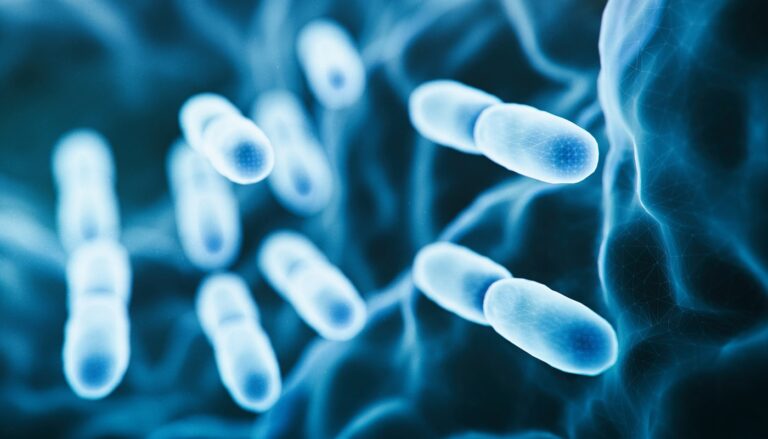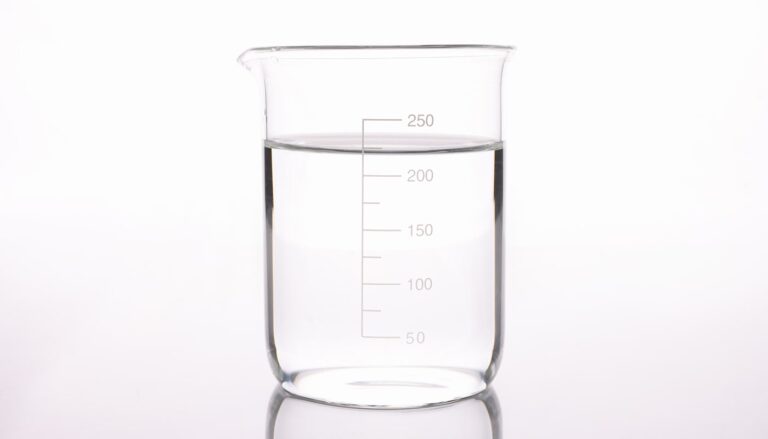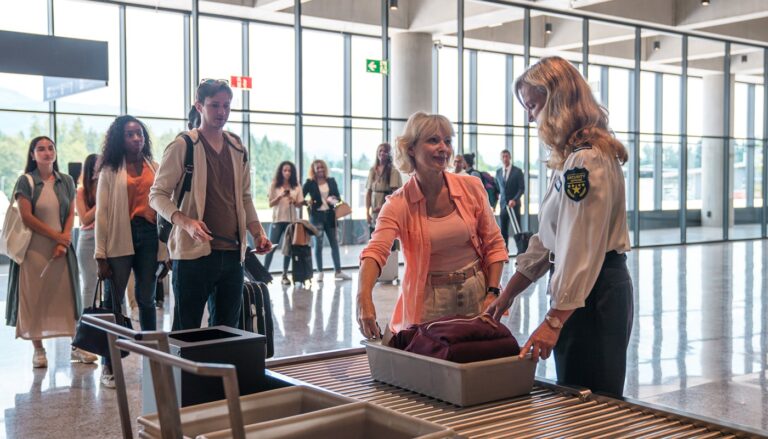And Is It Worth It?
It’s late, and you just got home after a party. You are about to use your CPAP machine, but realize that you used the last of your distilled water supply the night before. You don’t have the energy to go to Walgreens (if it’s even open) or wait hours for the distilled water to be delivered at home. What if it were possible to make distilled water at home? Well, it is!

There are various ways by which you can make distilled water with things you already have at home. Distilled water is essential, not just for your CPAP humidifier but also for drinking, mixing with baby formula, filling room humidifiers, topping off fish tanks, and so much more. So if you have the urgency of needing distilled water, but you don’t have it with you, you actually can make it at home. But using homemade distilled water is only advisable in case of emergencies and in small amounts.
Homemade distilled water has higher chances of getting contaminated very easily and quickly. Moreover, you can never be sure about its pH unless you buy and use a testing meter. Even if it is neutral, your homemade distilled water will gradually become acidic when it comes in contact with the atmospheric carbon dioxide. You probably don’t want to take chances with these DIY methods unless it is urgent. Daily use of homemade distilled water may have a negative impact on your health, and you can never be sure about its quality, purity, and pH.
Don’t take chances with the purity and pH of your distilled water, especially when it’s for your CPAP. Get the safety, quality, and purity that comes with Aquapap vapor distilled water.
What is distilled water and how do you make it?
A distillation or purification process is one that involves the evaporation and condensation of water. Minerals and impurities are left behind when water evaporates and rises into the air as pure water vapor. A source of clean drinking water or distilled water can be created by re-condensing water vapor using the right tools. Especially considering recent shortages of clean water, many would consider making their own. While it’s not easy, here’s how.
How do you make distilled water at home?
- Fill a stainless-steel pot about halfway with tap water.
- In the water, place a glass bowl. Make sure it floats. It shouldn’t touch the bottom of the pot.
- Before continuing, the water in the pot must be boiling. This is to boil off any chemicals present in the water.
- With a hot/cold barrier, create a condensation effect. This can be achieved by inverting the pot’s lid and adding ice to it. After hot steam hits the cold lid, it will create condensation.
- As the water continues to boil, steam will rise and condense on the pot’s lid. The condensed liquid will then drip into the glass bowl.
- Keep an eye on the water collecting in the bowl. This bowl of water should not boil. Lower the heat on the stove so that only the water in the pot is boiling.
- Remove the pot from the heat and take off the lid.
- Cautiously, take the bowl of distilled water out of the pot of boiling water. It will be very hot!
- Allow the distilled water to cool and use it immediately; do not try to store it for long as this increases the risk of contamination.
Is it best to make distilled water yourself? Or is buying it pre-bottled the better option?
Can you imagine the smell of fresh water and freedom from toxic chemicals? That’s why many people are trying to make their own distilled water at home to save a few bucks and to get the freshness that comes with it. But is it worth doing? Or is it easier (and safer!) to order right-sized vapor distilled water bottles with free shipping instead?
Some people try to make and store distilled water at home in large quantities. They do not know that distilled water should be sealed and stored in sterile bottles right away and then used immediately after the seal is broken. Even when you are using commercially available gallon jugs of distilled water, they should be used promptly after the seal is broken, usually no more than a few days. When the bottle is opened, the atmospheric air comes into contact with the distilled water, (along with its various microbes) contaminating the water and opening up the possibility of bacterial growth. The other reason for quick use is the reaction of distilled water with carbon dioxide. Distilled water turns acidic within a few hours after coming in contact with carbon dioxide.
Use Aquapap vapor distilled water for your CPAP and feel fresh with every breath
Whether or not you should make your own distilled water at home is up for debate. Some people say that it’s a good idea, while others think there are much better ways to get the same outcome with less time, effort and expense! The process of making distilled water at home can lead to many problems such as bacterial growth due to a lack of proper sterilized containers. Distilled water is a necessity for many of us, but it requires a carefully controlled environment if you want the best quality, which can be costly and time-consuming to make at home.
If you’re looking for an alternative solution that’s both cost-effective and convenient, vapor distilled water from Aquapap may be the answer. The best part? It comes in different sizes and is easy to carry while traveling, so you can choose the size that works best for your needs. So skip the trip to the store and the chemistry lab in your kitchen. Order Aquapap’s vapor distilled water today for delivery right to your door.






